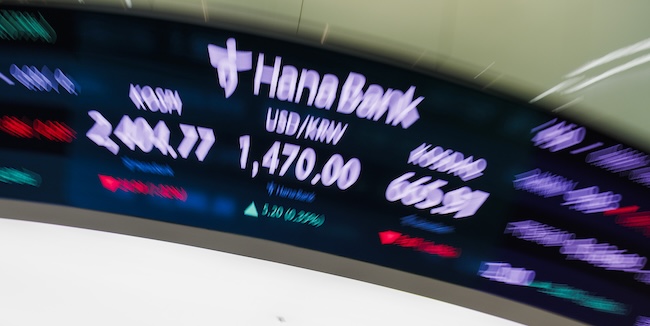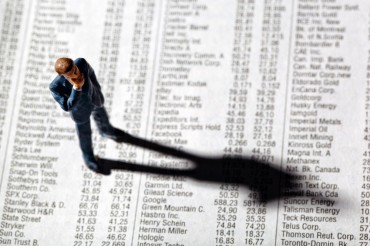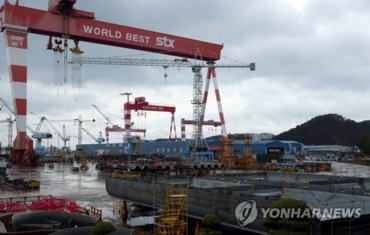
Foreign investors withdrew a significant amount of capital from South Korean financial markets in December during a period marked by the brief imposition of martial law. (Image courtesy of Yonhap)
SEOUL, Jan. 31 (Korea Bizwire) — South Korea’s Financial Stress Index (FSI) spiked in December 2024 to levels last seen during the Legoland crisis in September 2022, reflecting mounting economic instability amid political uncertainty.
According to data submitted by the Bank of Korea (BOK) to lawmaker Lim Kwang-hyun of the National Assembly’s Strategy and Finance Committee, the FSI rose 1.1 points from the previous month to 19.2 in December 2024, marking the highest level of the year.
While this remains lower than peaks seen during the 2008 global financial crisis (76.9) and the COVID-19 pandemic (25.1) in April 2020, it is nearly double the level recorded during former President Park Geun-hye’s impeachment in December 2016 (9.5).
The FSI, compiled by the BOK, assesses financial instability by analyzing 20 key indicators across five sectors: financial markets, external conditions, the real economy, banking, and non-banking institutions.
These include stock market and exchange rate volatility, credit default swap (CDS) spreads, consumer sentiment, trade volume contraction, and loan delinquency rates.
The December surge was attributed to a combination of stock market declines, rising credit spreads, and worsening economic sentiment, according to the BOK’s analysis.

South Korean stock markets have shed more than 250 trillion won in market capitalization in 2024. (Image courtesy of Yonhap)
Growth Outlook Declines Amid Economic Concerns
The heightened financial uncertainty coincides with downward revisions to South Korea’s economic growth forecast. According to the International Financial Center, Citigroup recently cut its 2025 GDP growth projection from 1.5% to 1.4%, while JP Morgan lowered its forecast from 1.3% to 1.2%. Research firm Capital Economics issued the most pessimistic estimate at 1.1%.
Under BOK classification, an FSI of 12 or above indicates a ‘cautionary level,’ while 24 or higher signals a ‘high-risk level.’ The December reading places South Korea within the cautionary zone, signaling persistent financial vulnerabilities.
Lawmaker Lim noted that since President Yoon Suk-yeol took office in May 2022, the FSI has consistently remained above 12, averaging 18.5—significantly higher than during previous administrations. Under Park Geun-hye, the average FSI was 11.1, while it stood at 7.1 under Moon Jae-in.
“This data clearly illustrates the economic impact of the emergency decree crisis on financial markets and the real economy,” Lim said. “The government must swiftly resolve political uncertainties and actively cooperate on economic stimulus measures, including a supplementary budget, to stabilize domestic consumption and livelihoods.”
Ashley Song (ashley@koreabizwire.com)






